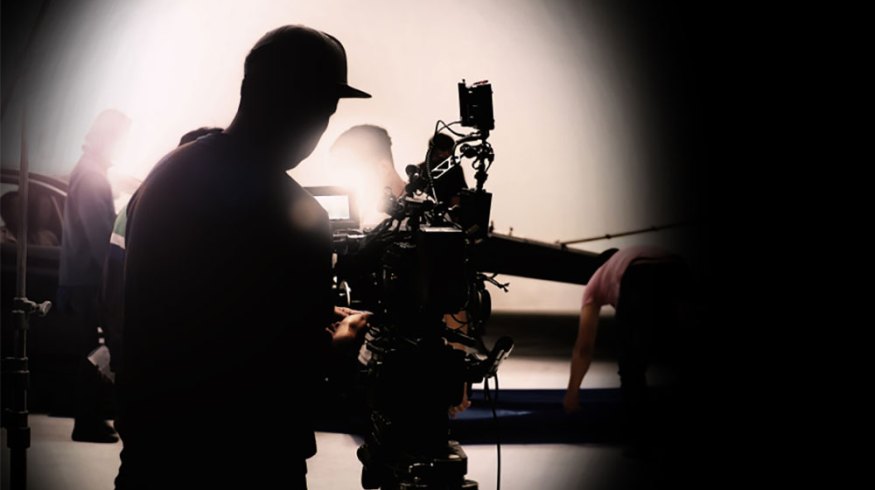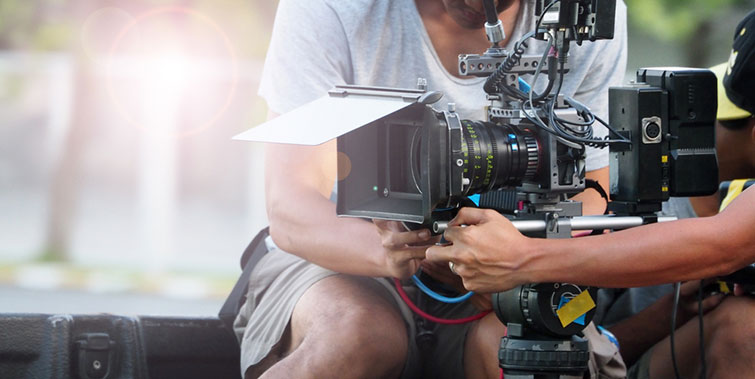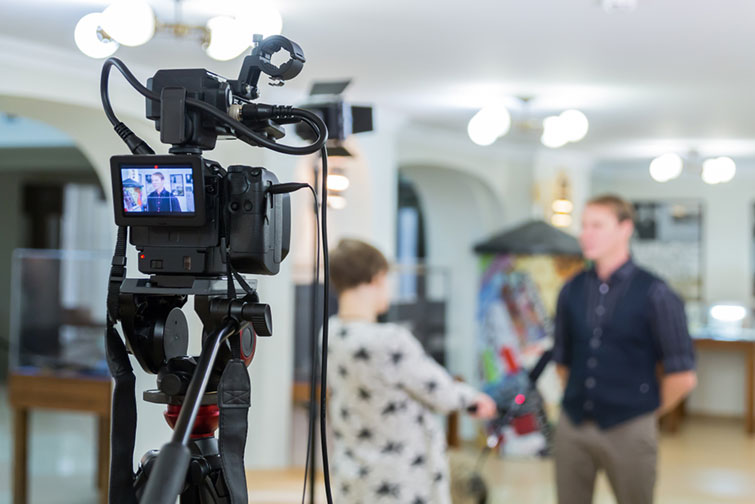
5 Steps for Prioritizing Your Filmmaking Gear Investments
Need advice on calculating how, when, and where to spend your money when building out your filmmaking and video production tool kit?
Most filmmakers and video professionals begin their careers with almost nothing. Usually, you have some equipment when you’re starting out: a secondhand camera, your uncle’s old tripod, a computer that can barely run Premiere Pro. However, for the sake of this exercise, let’s start with absolutely nothing.
When you’re ready to build out your own filmmaking gear kit, you’ll have to make plenty of decisions. And while your ambition and the nature of your projects may vary, prioritizing how you invest in filmmaking gear will always be the same.
Let’s take a look at a few steps to follow during this process.
1. Define Your Ideal Projects

Image by gnepphoto.
First, sit down and research the type of projects you’ll ideally be working on. Whether it’s short films or features, run-and-gun documentary projects, music videos for up-and-coming artists, or corporate video work, determining what projects to prepare for will help define all of your decisions.
2. Build Your Budget
Once you have at least an idea of what you’d like to work on, it’s time to take stock of your resources and budget. If you already have cameras or gear, here’s where you’ll take inventory and decide if the gear is worth using or not. However, if you’re starting with nothing, you’ll need to determine how much cash you have to work with.
If you’re serious about filmmaking — as a way to earn money — take into account some projected expenses, which you plan to earn back later. (Warning: don’t get too carried away with this, as you can find yourself quickly in debt.)
3. Solo or Group Mindset

Image by shulgenko.
Many camera and gear decisions will come down to whether or not you’re shooting solo. Sometimes run-and-gun solo shooting is the best option if you have the know-how and are producing the project on your own. However, shooting this way distributes your focus across multiple aspects of the filmmaking process. If you want to focus on just one of these aspects, you may need a separate audio operator, another videographer, or a producer to help out.
Your crew will dictate your gear. If you’re shooting solo, you need a good build-out for capturing video and recording audio at the same time. A good camera with audio inputs (or the right audio recorder) is a good start.
However, if you’re working with a team, you may want to spend your money on specific assets, like lighting or good lenses, to get the best end result possible. This will be based on what the team brings to the table.
4. Short-Term vs. Long-Term Solutions
Many investment decisions come down to how long you’ll be using the equipment in question. A camera typically does not fare well in terms of value, as it can decrease in price quickly, the industry passes it up, and new generations out-pace it (sometimes within a year or two). So, treating cameras as short-term investments (whether by renting or re-selling quickly) makes sense.
Gear like tripods, mounts, and audio-recording equipment might be better long-term solutions, all of which you can use for several years — making it more practical to buy rather than rent.
5. Understand Your Abilities

Image by lapandr.
Perhaps the biggest step when prioritizing your needs is understanding your strengths and weaknesses. In production, this means knowing what gear will help you the most in the areas where you struggle. If you’re not strong on shooting interviews, a good tripod and monitor can help level the playing field.
Conversely, if you know you’re great at shooting handheld footage, then you might not need to invest a bunch of money in an expensive gimbal.
Also, if you’re editing your own projects — or working with an editor you know well — understanding what leeway you have during production (which you can cover in the edit) can help you make strategic investment decisions.
Cover image by gnepphoto.
Looking for more articles on filmmaking and video production? Check these out.
- Industry Roundup: Top Destination Jobs for Videographers
- How to Use Calibration Tools for Footage, Sound, and Monitors
- Multi-Camera Direction Tips for Properly Shooting Live Events
- How to Create the Double Exposure Effect in Four Manageable Steps
- 7 Master Cinematography Techniques from Iconic Directors






